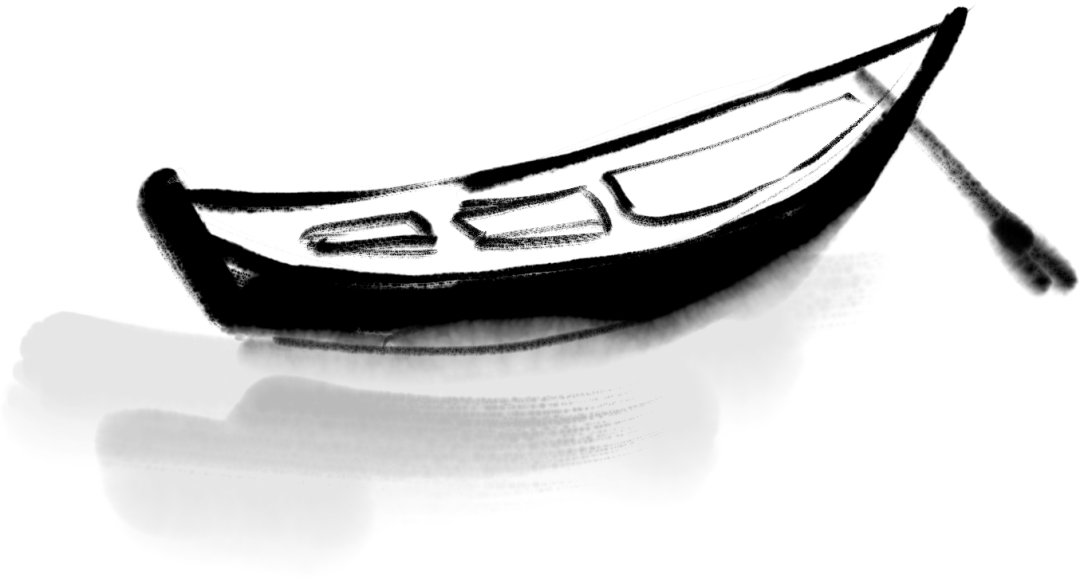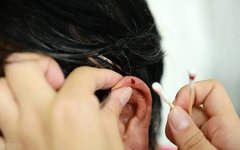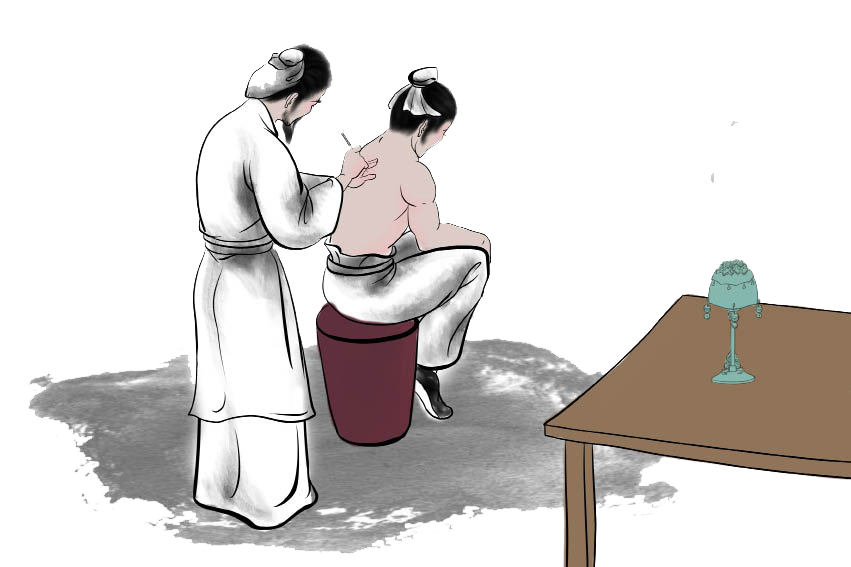
Bloodletting Therapy
is a method that involves using needles or blades to puncture or incise specific acupuncture points and areas of the body to release a small amount of blood for therapeutic purposes. Below are the common precautions for bloodletting therapy, which we hope all patients will read carefully.

Before Bloodletting Therapy
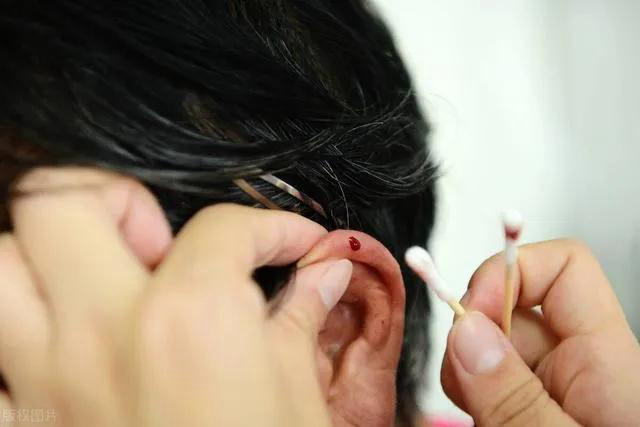
1. On the day of treatment, wear loose clothing to facilitate the exposure of the area where bloodletting will occur;
2. If treatment is needed for discomfort in the neck area, remove any neck accessories in advance;
3. Use the restroom before the treatment.

During Bloodletting Therapy
1. Avoid movement during the treatment;
2. If the pain becomes unbearable, inform the medical staff immediately;
3. If you suddenly experience chest tightness, palpitations, dizziness, or cold extremities during the treatment, you must inform the medical staff for appropriate management.
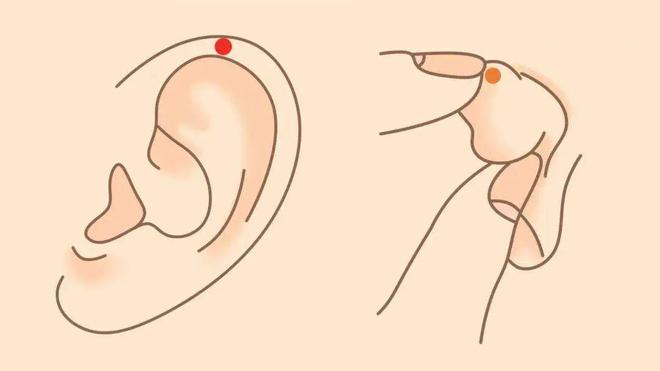

After Bloodletting Therapy
1. It is normal to experience slight pain and redness at the site of bloodletting, which usually resolves on its own within a few days;
2. Some patients may develop a hematoma at the site of bloodletting, which can cause pain and may slightly affect limb movement. Generally, the hematoma will be absorbed naturally within 2-3 days, resulting in local bruising that requires no special treatment, just allow it to resolve naturally;
3. If you feel itching at the site of bloodletting, avoid scratching. If the skin is broken, it may lead to a local infection;
4. Pay attention to warmth after bloodletting. The pores in the area of bloodletting will be dilated for a short time, making it susceptible to cold, so ensure proper warmth is maintained;
5. Avoid getting the bloodletting site wet for 6-8 hours. The skin is still in a vulnerable state immediately after bloodletting. You may bathe with warm water after 6-8 hours, but avoid swimming or bathing with cold water on the same day;
6. If redness, swelling, heat, or pain occurs at the site a few days after bloodletting, or if systemic symptoms like fever or chills develop, it may indicate an infection, and you should inform medical personnel for professional evaluation and treatment.

Scan to follow us
Gain more knowledge about acupuncture
Images sourced from the internet, please delete if infringing
Contributed by | Huang Yuhuang
Initial review | Huang Yanfen
Final review | Ma Rui
